By Carol Tannenhauser
When the American Museum of Natural History opened its new ¡Cuba! exhibition on Nov. 21, no one could have known Cuba would be in the news for such momentous reasons. While the exhibition is about culture and biodiversity, the death of Fidel Castro only makes it more timely and fascinating.
There’s a lot of “wow” in this show, and we won’t spoil it all. But let me tell you that you HAVE GOT TO SEE THE CROCODILE AND THE SHARK AND THE CAR! The last is a gleaming, two-tone, baby-blue-and-white, 1955 Chevrolet Bel Air, parked in front of a Cuban cityscape, illuminated by a streetlight. According to background provided by the Museum, “[It] reveals the story behind the vintage cars that famously rumble down Cuban streets. From 1959 until recently, the Cuban state tightly restricted car imports and sales. At the same time, the United States’ embargo banned most exports to Cuba, including car parts, so Cubans have found ingenious ways to keep old cars running, despite a shortage of spare parts.”
Life-sized photographs (uncannily realistic) of ordinary Cuban people greet you, with quotes in English and Spanish about their lives and their country. It’s as if you’re walking down a winding side street in a Cuban city, past neighbors and friends.
“There is so much speculation about this country,” a local hairdresser tells you. “If people were to come to Cuba, it would change their minds about the country and its people.”
And, then, you go – through a doorway onto a boulevard alive with people, music, and sights: a girl in a glitter suit on stilts, looking down on a fruit stand and “bicitaxi.” The visitor becomes part of the exhibit. A group of local schoolchildren play dominoes around an “outdoor” table, as people do in Cuba. On one side of the boulevard is a gallery, showing contemporary Cuban art. Next door are religious artifacts and altars, celebrating the Afro-Cuban spiritual tradition known as Santeria. And, of course, there is a “tobacco shed,” with hanging leaves and Cuban cigars.
It is the other side of the avenue that displays the biodiversity that sets Cuba apart, and, in fact, motivated the exhibition. “American Museum of Natural History scientists have worked in collaboration with colleagues in Cuba for many decades, studying the biological diversity and endemism of this island nation (about 50% of Cuba’s plants and 32% of its vertebrae animals appear only there),” said Ellen Futter, president of the Museum. “We are delighted now to work in collaboration with the Natural History Museum in Havana in a groundbreaking partnership to present this major exhibition exploring Cuba’s amazing and unique nature and culture, especially at a time when cultural understanding and education are critically important.”
Don’t tell the kids it’s educational, they’ll never know. ¡Cuba! is so much fun, like a mini vacation. It will run through next August 26th.
Oh! And don’t miss the “bee hummingbird,” which, at about 1/20th of an ounce, is the smallest bird in the world (smaller than many bees); or the reconstructed caves, containing the fossil remains of a giant sloth and a life-size model of the largest owl that ever lived, both now extinct; or live specimens, including snakes, frogs, and lizards; or…


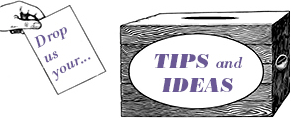
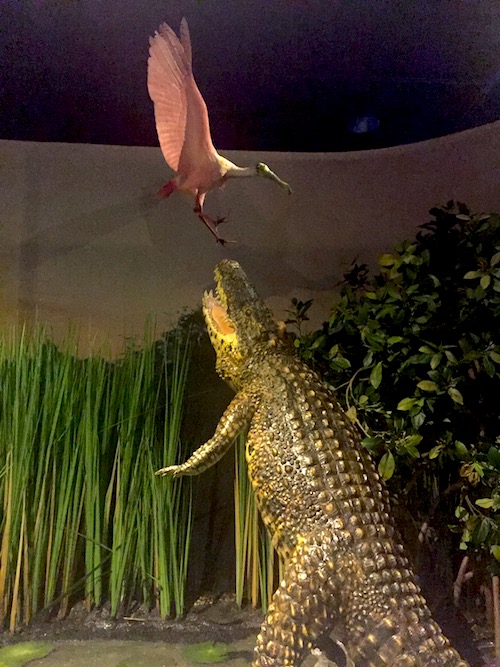
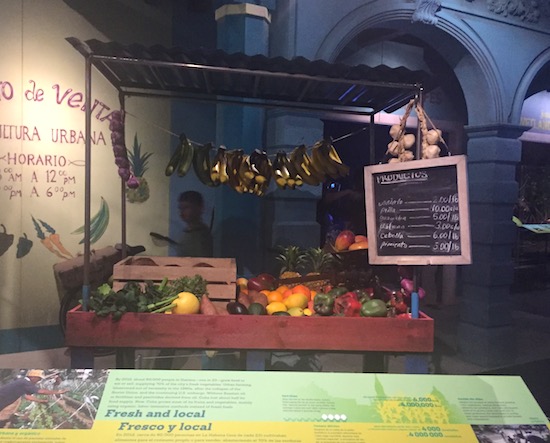




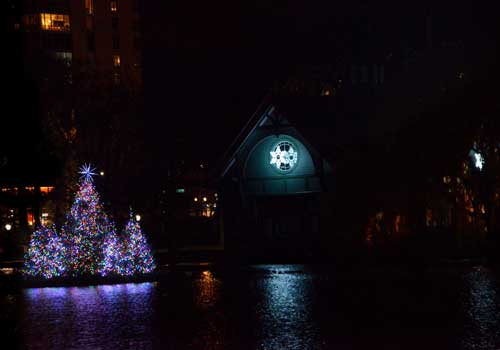
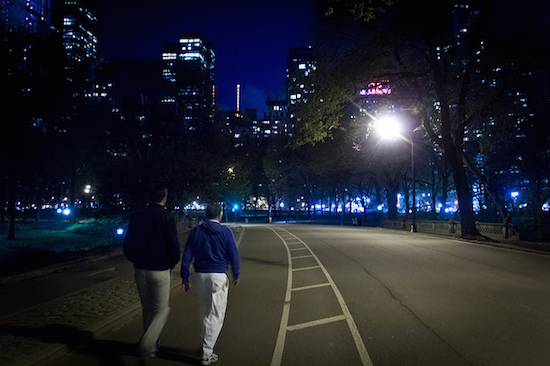
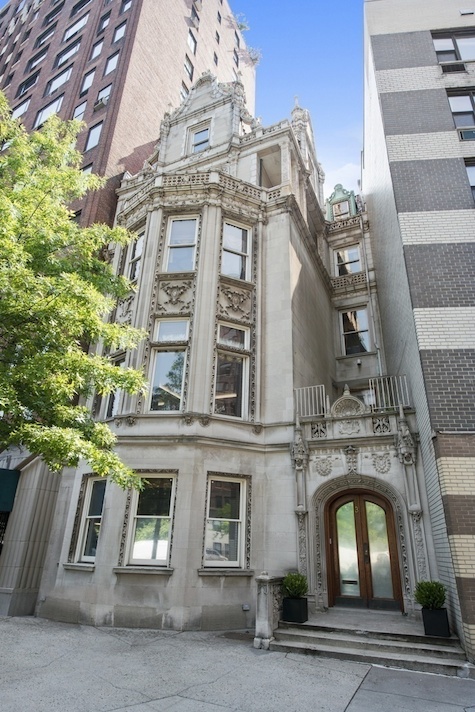
I just returned from 2 weeks in Cuba and it sounds like the exhibit nails it! In fact, I experienced everything mentioned here, and loved the country and its people. They are so hopeful about relations with us. I look forward to visiting the exhibit.
Not for nothing but you kind of give too much away in this article.
The element of surprise is a wonderful thing. Thanks for spoiling it.
Sheesh, did they force you to come here and read the article, lol?
Mi gusta historia Cubano mucho! El ano proximo, tengo que ir ala Cuba! Por que buscaindo una esposa en Havana! (LOL)
Mazel Tov! Great piece, Carol!!
boy